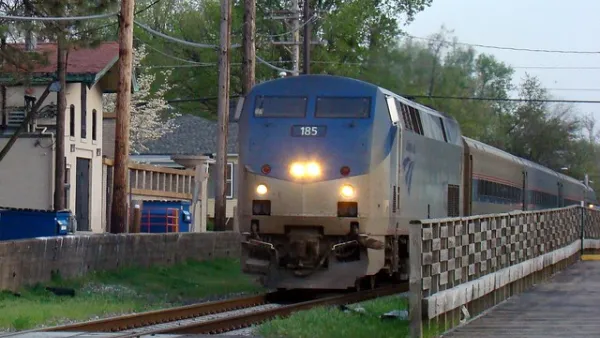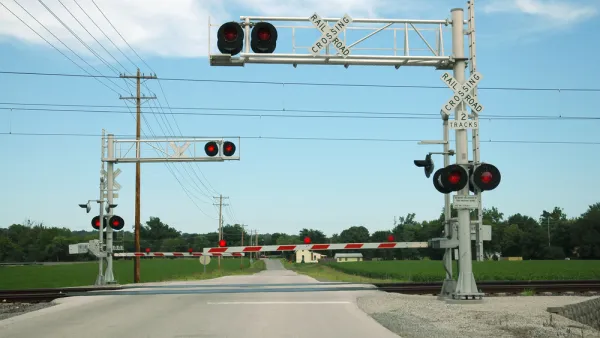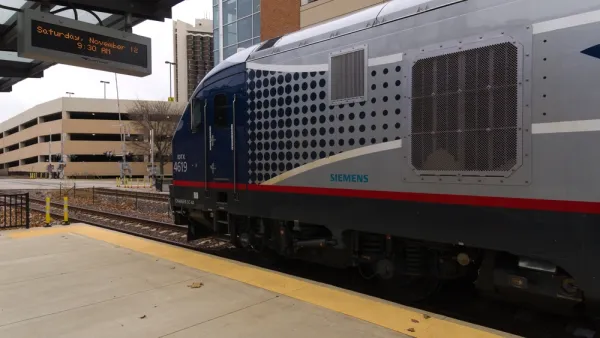A $102 million investment by Illinois along with federal funds from the Recovery Act will pay for double-tracking and a new rail bridge to enable 109 mph service on a key section of Amtrak's Chicago to St. Louis high speed rail corridor.
This particular corridor was the first of many listed by Time's Michael Grunwald last month in the post, "Responding to Distorted Criticisms of the President's High Speed Rail Program," that illustrated results of the president's ambitious high speed rail stimulus program in response to false claims by critics that the program is a failure.
"A key swath of the high-speed rail line between Chicago and St. Louis is set to get $102 million in upgrades, Gov. Pat Quinn announced on Sunday (August 31)," writes Matt McKinney of the Chicago Sun-Times.
The two-year project will reduce travel times between Chicago and St. Louis from five-and-a-half hours to four-and-a-half hours, Quinn said in a written statement..
The work will be performed by the Union Pacific Railroad and overseen by the Illinois Department of Transportation (IDOT), according to IDOT news [PDF]. Amtrak's Illinois Service operates on the corridor.
"This double-tracking [between downstate Mazonia and Elwood] will then allow more daily round-trips at increased 110-mph speeds. Trains now travel at 110 mph between Dwight and Pontiac," adds McKinney.
A map [PDF] of the route and multi-media are available on IDOT's High Speed Rail project page.
"The state has committed $358.8 million to the Chicago-St. Louis route, with the remainder of the $1.7 billion project federally funded," notes McKinney.
[Hat tip to Adam Snider of Politico for including the article in Tuesday's Morning Transportation].
FULL STORY: Quinn announces $102 million investment for high-speed rail

National Parks Layoffs Will Cause Communities to Lose Billions
Thousands of essential park workers were laid off this week, just before the busy spring break season.

Retro-silient?: America’s First “Eco-burb,” The Woodlands Turns 50
A master-planned community north of Houston offers lessons on green infrastructure and resilient design, but falls short of its founder’s lofty affordability and walkability goals.

Delivering for America Plan Will Downgrade Mail Service in at Least 49.5 Percent of Zip Codes
Republican and Democrat lawmakers criticize the plan for its disproportionate negative impact on rural communities.

Test News Post 1
This is a summary

Test News Headline 46
Test for the image on the front page.

Balancing Bombs and Butterflies: How the National Guard Protects a Rare Species
The National Guard at Fort Indiantown Gap uses GIS technology and land management strategies to balance military training with conservation efforts, ensuring the survival of the rare eastern regal fritillary butterfly.
Urban Design for Planners 1: Software Tools
This six-course series explores essential urban design concepts using open source software and equips planners with the tools they need to participate fully in the urban design process.
Planning for Universal Design
Learn the tools for implementing Universal Design in planning regulations.
EMC Planning Group, Inc.
Planetizen
Planetizen
Mpact (formerly Rail~Volution)
Great Falls Development Authority, Inc.
HUDs Office of Policy Development and Research
NYU Wagner Graduate School of Public Service





























